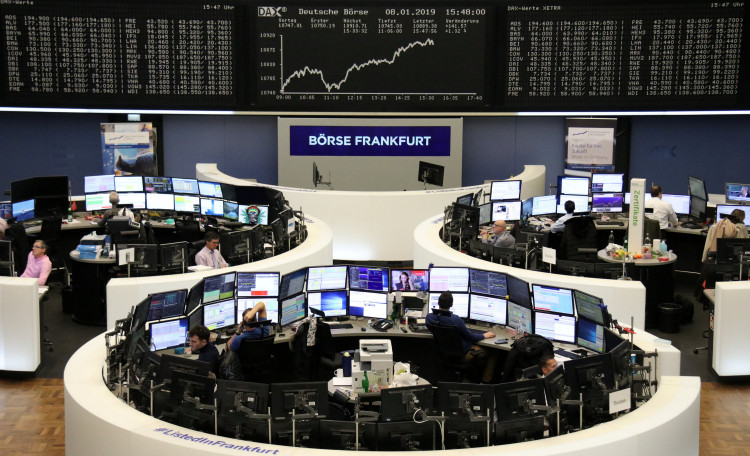Germany, often viewed as the powerhouse of the Eurozone, is showing signs of economic fragility, a trend that could spell trouble not only for itself but for the broader region. Recently released data reveals a dip in Germany's gross domestic product (GDP) by 0.1% in the third quarter, contrasting the minimal growth of 0.1% it experienced in the preceding quarter. This concerning downturn, largely attributed to dwindling consumer spending, casts a shadow over the Eurozone's prospects.
Despite the slip in consumer spending, German firms did exhibit an uptick in machinery and equipment investments, which offered a glimmer of hope in an otherwise dim quarter. Claus Vistesen, a leading economist at Pantheon Macroeconomics, remarked, "Germany's economy is now firmly stuck in the mud." His statement holds weight, especially considering the nation's previous economic patterns. The tail end of 2022 saw a contraction in the German GDP, which then plateaued in the early months of 2023. With a weak economic trajectory over the past year, Germany risks entering what economists label as a 'technical recession' - two successive quarters of negative growth.
Several headwinds continue to buffet the German economic landscape. The once-mighty manufacturing sector now contends with declining Chinese demand, soaring energy prices, and bruising interest rate hikes. Confidence within the industry has hit a low, with companies offloading jobs at the swiftest rate witnessed in three years. Predictive data from October's surveys further elucidates the challenging environment.
Looking beyond Germany, the broader Eurozone isn't faring much better. A considerable drop in both manufacturing and services output in October has stoked fears of impending stagnation or a possible mild recession. Recent decisions by the European Central Bank (ECB) to maintain interest rates, ending a series of ten back-to-back rate hikes, serve as a testament to the region's economic challenges. ECB President Christine Lagarde expressed concerns about the unpredictable future of energy prices, hinting at the geopolitical tensions between Israel and Hamas.
Bert Colijn, a senior economist at ING, offered a slightly more balanced perspective, noting that while Germany and Austria grappled with contraction, nations like Belgium and Spain showcased robust growth. He opined, "This makes it likely that eurozone GDP did not contract in the third quarter - but a small decline in the fourth quarter is a realistic prospect."
Another significant revelation is Germany's inflation dynamics. October witnessed the country's inflation cooling to a two-year low at 3.0%, a sharp drop from the 4.3% seen in September. Commerzbank economist Ralph Solveen opined that while the core inflation might stabilize around 3% by next spring, "underlying inflation is likely to remain significantly higher than the ECB would like in the coming year."
High inflation levels, especially if they exceed predictions, could compel central banks to prolong their interest rate elevation campaigns. This is a potential red flag for central bankers globally.
As Germany wrestles with a weak economic pulse, its consumption landscape is equally disheartening. High inflation has significantly eroded consumer purchasing power, leading to a reduction in household spending. Nonetheless, capital investments have been a silver lining, registering positive growth. But Claus Vistesen remains skeptical, doubting any significant economic progress in the upcoming quarter.






